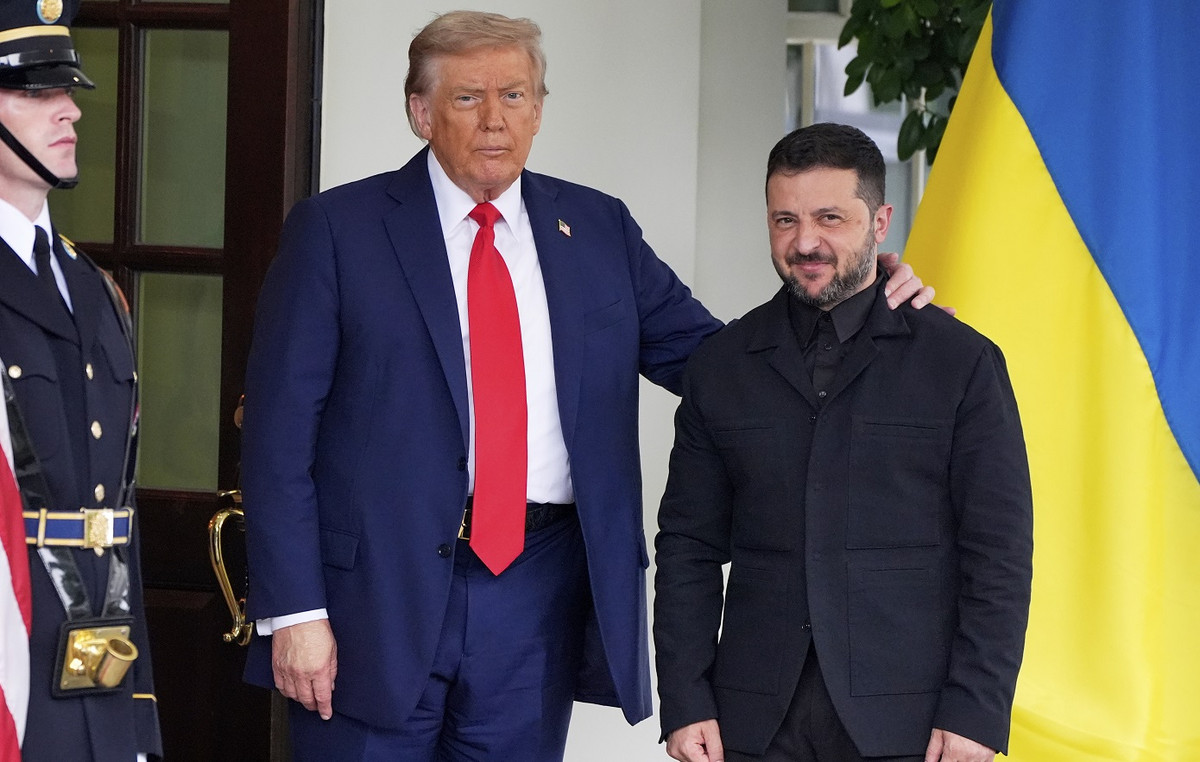Global debt remained above pre-pandemic levels in 2021, even after recording the steepest decline in 70 years, underscoring challenges for policymakers, points out the International Monetary Fund (IMF).
Total public and private debt declined in 2021 to the equivalent of 247% of global GDP, down 10 percentage points from its peak level in 2020, according to the latest update of the IMF’s global debt database.
In dollar terms, however, global debt has continued to grow, albeit at a much slower pace, reaching a record $235 trillion last year.
Private debt, which includes corporate and domestic non-financial obligations, drove the overall reduction, falling by 6 percentage points to 153% of GDP, according to the single count, published annually since 2016.
The 4 percentage point drop in public debt, to 96% of GDP, was the biggest drop in decades, the database shows. However, global debt remained nearly 19% of GDP above pre-pandemic levels at the end of 2021, indicates the IMF.
The debt drop was greatest in advanced economies, where both private and public debt fell by 5% of GDP in 2021, reversing nearly a third of the increase seen in 2020, the data points out.
In emerging markets (excluding China), the fall in debt ratios in 2021 was equivalent to almost 60% of the increase in 2020, with private debt falling more than public debt, indicates the IMF.
In low-income developing countries, total debt ratios continued to rise in 2021, driven by higher private debt, the agency points out.
The economic recovery and rising inflation reduced debt by more than 10 percentage points of GDP in Brazil, Canada, India and the United States, but real debt fell less due to government and private sector borrowing needs, assesses the IMF.
For the organization, governments must adopt fiscal strategies that help reduce inflationary pressures now and debt vulnerabilities in the medium term, including restraining expenditure growth, while protecting priority areas, including support for those hardest hit by the cost of living in the crisis. .
This would also facilitate the work of central banks and allow for smaller increases in interest rates than would otherwise be the case, assesses the IMF, which recalls that, in times of turbulence, confidence in long-term stability is a precious commodity.
Source: CNN Brasil
A journalist with over 7 years of experience in the news industry, currently working at World Stock Market as an author for the Entertainment section and also contributing to the Economics or finance section on a part-time basis. Has a passion for Entertainment and fashion topics, and has put in a lot of research and effort to provide accurate information to readers.







